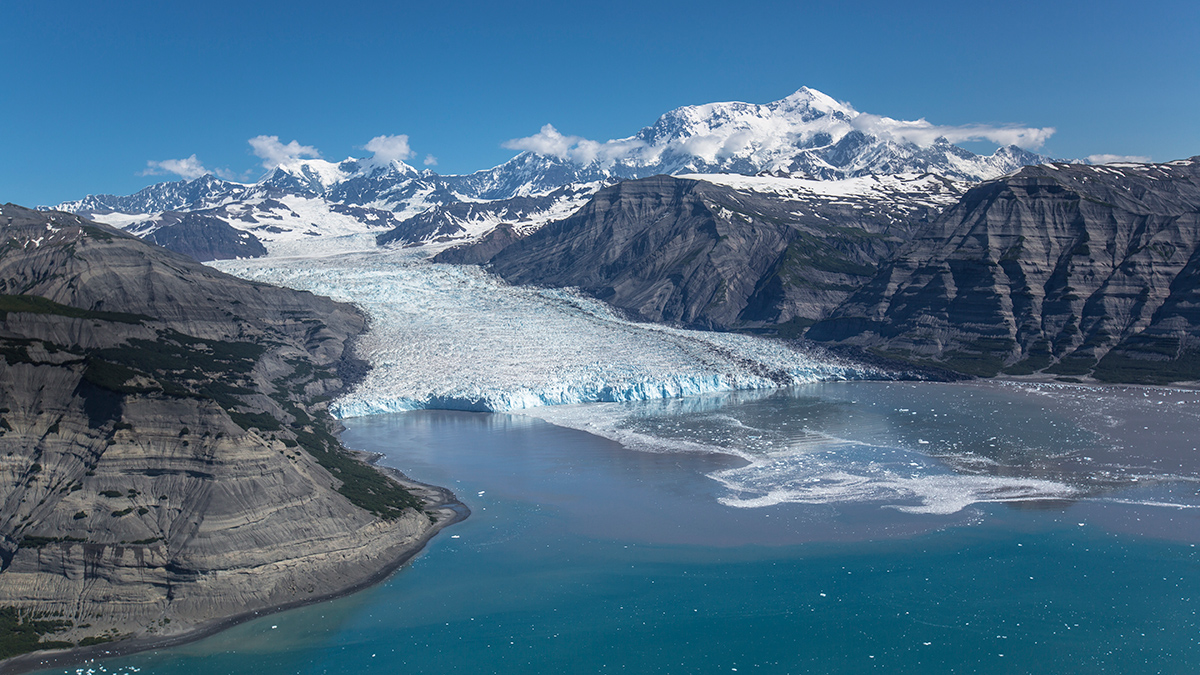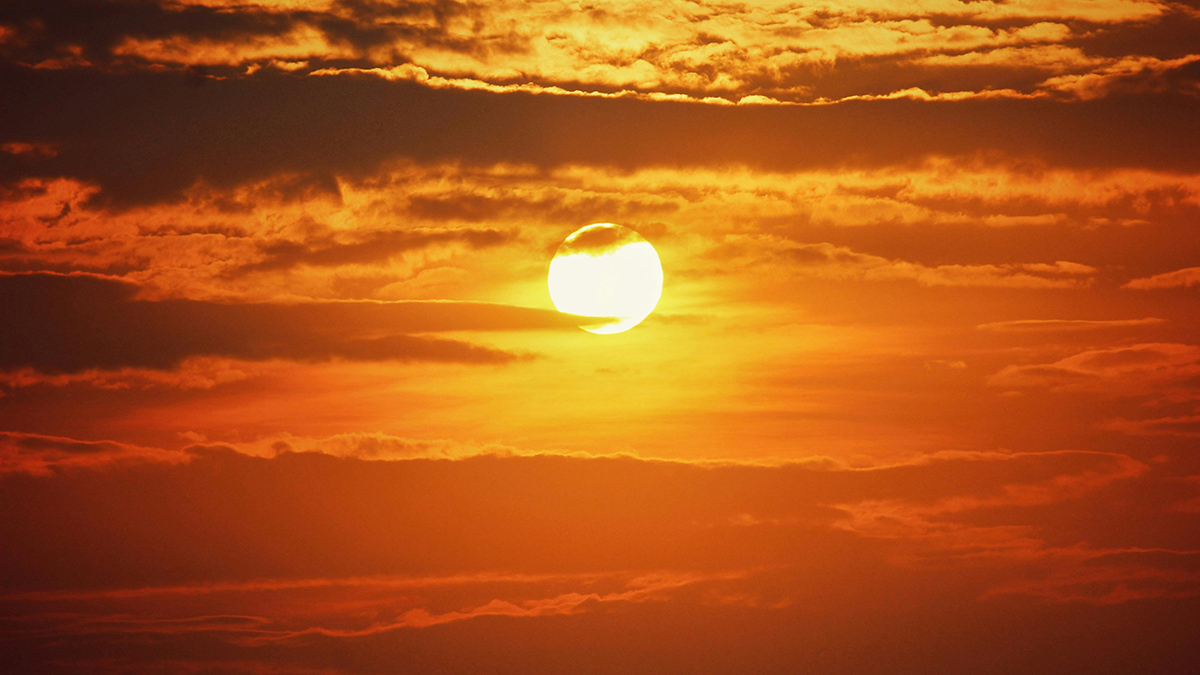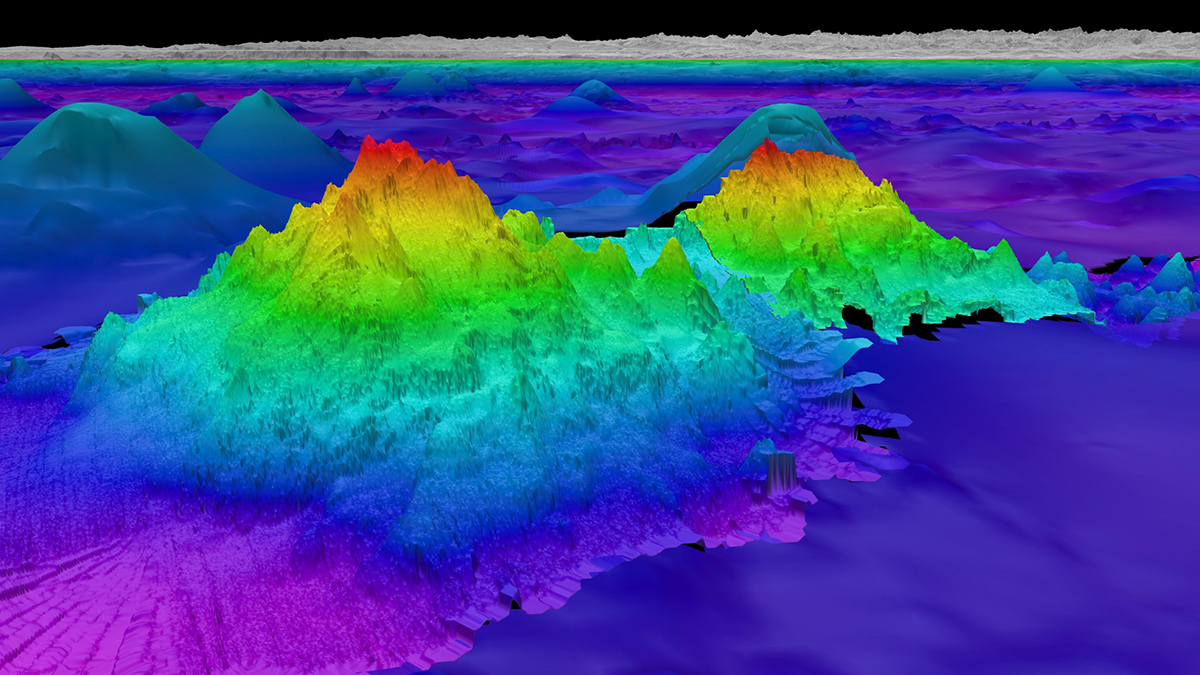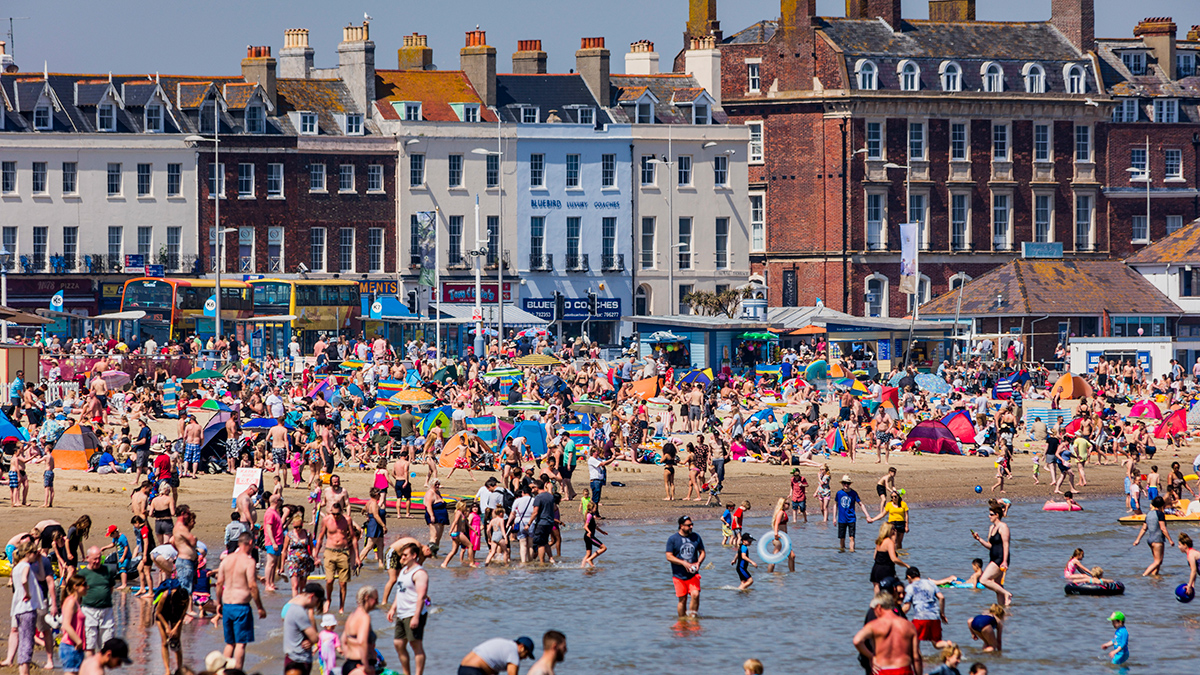A new study goes deep into the Gulf of Alaska to examine the sixth-largest underwater landslide and investigate why a similar event hasn’t happened since.
Oceans
Temperaturas récord posiblemente continuarán ante la persistencia de El Niño
Es probable que las temperaturas globales superficiales del aire se mantengan elevadas durante el comienzo del verano debido a la persistencia del evento de El Niño.
Moonlit Nights Change a Coral Reef’s Tune
Some reef fish get chattier when the Moon is out, while feisty snapping shrimp and other invertebrates pipe down.
Verifying the Mathematics Behind Ocean Modeling
A series of test cases designed to confirm the accuracy of ocean models could help improve our understanding of large-scale climate processes.
Quase um Ano depois, a Seca na Amazônia Está Longe de Terminar
Fortalecido pelas mudanças climáticas, o período de seca no norte do Brasil poderá durar mais que o originalmente previsto e ter consequências econômicas e ecológicas prolongadas.
New Seafloor Map Only 25% Done, with 6 Years to Go
Beneath the waves, the vast majority of the ocean is unknown. Seabed 2030 is using cutting-edge technologies to fill in the bathymetric blanks and fully map the seafloor.
Drilling into Antarctica’s Past
The West Antarctic Ice Sheet melted rapidly around 8,000 years ago. Could that event foretell the future?
Melting Ice in the Polar North Drives Weather in Europe
Influxes of meltwater into the North Atlantic eventually lead to warmer and drier conditions over Europe.
The End of the Eclipse
Scientists are studying how the Earth–Moon distance has changed over time, and what effect that change might have had on our planet. Future changes will extinguish total solar eclipses entirely.
هل يمكن لغمر الأعشاب البحرية أن يبرّد المناخ؟.
يمكن للأعشاب البحرية المغمورة أن تخزّن الكربون في قاع المحيط، ولكن يظل من غير الواضح مدى فاعلية هذه الاستراتيجية، وكيف ستؤثر على صحة المحيط.










